
Rosemary Sutcliff was an English novelist best known for children's books, especially historical fiction and retellings of myths and legends. Although she was primarily a children's author, some of her novels were specifically written for adults. In a 1986 interview she said, "I would claim that my books are for children of all ages, from nine to ninety."

The Iceni or Eceni were an ancient tribe of eastern Britain during the Iron Age and early Roman era. Their territory included present-day Norfolk and parts of Suffolk and Cambridgeshire, and bordered the area of the Corieltauvi to the west, and the Catuvellauni and Trinovantes to the south. In the Roman period, their capital was Venta Icenorum at modern-day Caistor St Edmund.
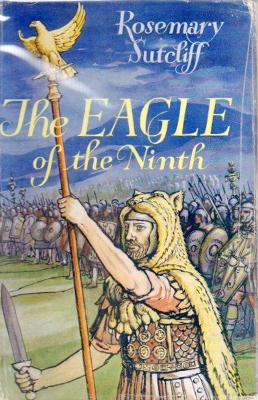
The Eagle of the Ninth is a historical adventure novel for children written by Rosemary Sutcliff and published in 1954. The story is set in Roman Britain in the 2nd century AD, after the building of Hadrian's Wall.

The Lantern Bearers is a historical novel for children by Rosemary Sutcliff, first published by Oxford in 1959 with illustrations by Charles Keeping. Set in Roman Britain during the 5th century, it is the story of a British Roman's life after the final withdrawal of Roman troops. Sutcliff won the annual Carnegie Medal from the Library Association, recognising the year's best children's book by a British subject.
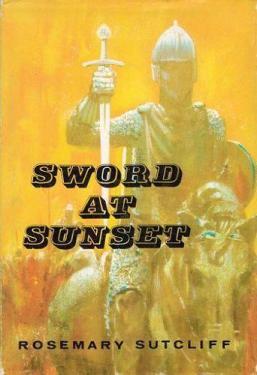
Sword at Sunset is a best-selling 1963 novel by Rosemary Sutcliff. One of her few historical novels written specifically for adults, it is her interpretation of the legend of King Arthur.
The Avalon Series is a series of fantasy novels written by Marion Zimmer Bradley and Diana L. Paxson. Paxson took over sole authorship after Bradley's death in 1999. The series focuses on the legendary island of Avalon and the various women who have shaped its history and that of Britain.

Dawn Wind is a historical novel for children and young adults written by Rosemary Sutcliff and published in 1961 by Oxford University Press, with illustrations by Charles Keeping.

The Armourer's House is a children's historical novel by Rosemary Sutcliff and first published in 1951.
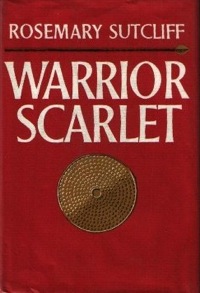
Warrior Scarlet is an historical adventure novel for children by Rosemary Sutcliff, illustrated by Charles Keeping and first published in 1958. It is set in Bronze Age Britain, approximately 900 BCE, and takes place in and around the South Downs in England.
William II of England has been depicted in various cultural media.
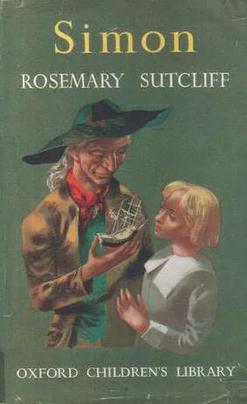
Simon is a children's historical novel written by Rosemary Sutcliff, first published in 1953. It is set during the First English Civil War, primarily focusing on the final campaign of 1645-1646 in the West Country and shows the effect of the conflict on two friends, who find themselves on opposite sides.
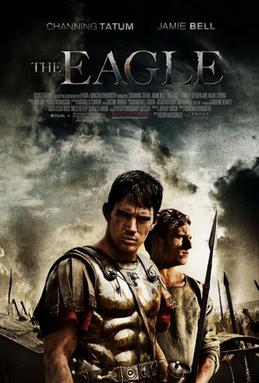
#

Blood Feud is a historical novel for children written by Rosemary Sutcliff and published in 1976.
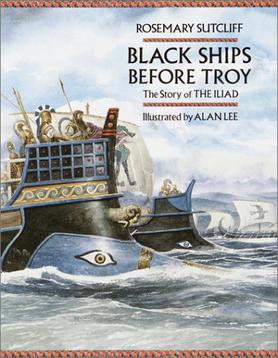
Black Ships Before Troy: The Story of the Iliad is a novel for children written by Rosemary Sutcliff, illustrated by Alan Lee, and published (posthumously) by Frances Lincoln in 1993. Partly based on the Iliad, the book retells the story of the Trojan War, from the birth of Paris to the building of the Trojan Horse. For his part Lee won the annual Kate Greenaway Medal from the Library Association, recognizing the year's best children's book illustration by a British subject.
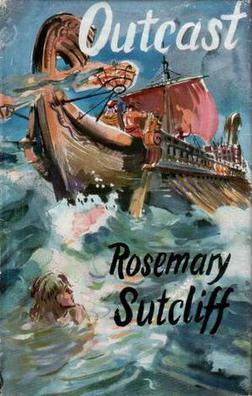
Outcast is a historical novel for children written by Rosemary Sutcliff and published in 1955.

The Mark of the Horse Lord is a 1965 historical novel for children written by Rosemary Sutcliff. It won the first Phoenix Award in 1985.

The Shield Ring is a 1956 historical novel for children written by Rosemary Sutcliff. It is the last in a sequence of novels, chronologically started with The Eagle of the Ninth, loosely tracing a family of the Roman Empire, then Britain, and finally Norse-Britain, who inherit an emerald seal ring bearing the insignia of a dolphin.

Boadicea and Her Daughters is a bronze sculptural group in London representing Boudica, queen of the Celtic Iceni tribe, who led an uprising in Roman Britain. It is located to the north side of the western end of Westminster Bridge, near Portcullis House and Westminster Pier, facing Big Ben and the Palace of Westminster across the road. It is considered the magnum opus of its sculptor, the English artist and engineer Thomas Thornycroft. Thornycroft worked on it from 1856 until shortly before his death in 1885, sometimes assisted by his son William Hamo Thornycroft, but it was not erected in its current position until 1902.

Knight's Fee is a children's historical novel written by Rosemary Sutcliff, first published in 1960. It is set in and around the South Downs in England, near the towns of Steyning and Arundel in West Sussex and covers the period 1094–1106, some 30–40 years after the Norman conquest of England in 1066.

















